
A nice book review
Andrea Kornbluh of Rowan University has written a very thorough and kind review of Venerable Trees – History, Biology and Conservation in the Bluegrass in the Fall 2017 issue of Plant Science Bulletin. Here is her review:

Andrea Kornbluh of Rowan University has written a very thorough and kind review of Venerable Trees – History, Biology and Conservation in the Bluegrass in the Fall 2017 issue of Plant Science Bulletin. Here is her review:
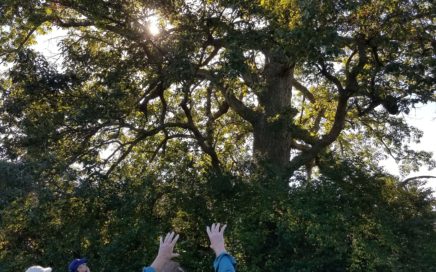
We had a wonderful Field Course in Lexington, a tour of some of Lexington’s finest trees. Our friend Erin Barnhill was kind enough to share some of her photos of the trip.
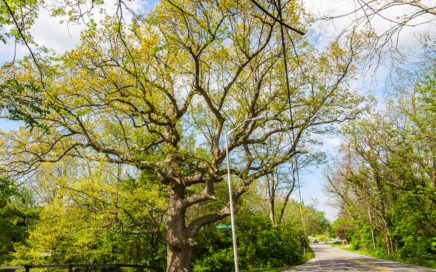
Lexington is home to an astonishing number of very large, very old trees. Many of these trees were here before the city was settled and represent the original vegetation of the Bluegrass. As the city grew, the native woodland pastures were cleared for development, but the finest trees were often kept in yards, parks and […]
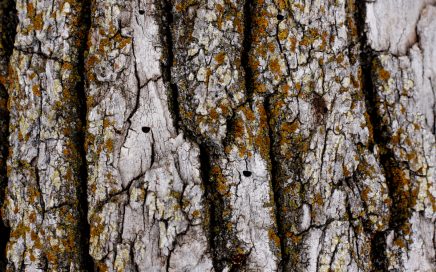
Until recently, we have been telling you that blue ash, Fraxinus quadrangulata, appears to be resistant to emerald ash borer, Agrilus planipennis. This is important because blue ash is the most abundant ancient tree in our woodland pastures. The emerald ash borer is devastating our white and green ash trees. See our previous story about […]
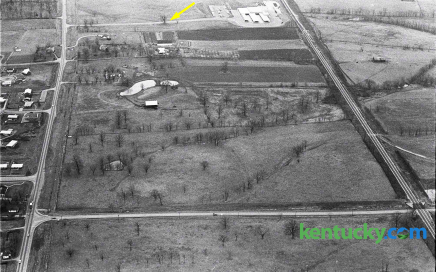
The Lexington Herald-Leader published this aerial photograph of the future Fayette Mall in 1967. The photo clearly shows and extensive woodland pasture, with a mix of large, old trees and smaller hedgerow trees. Today, only a single tree, the Tiverton Oak, remains of this woodland pasture. Fayette County has lost a tremendous number of trees […]

The margin between urban and rural areas is an area of constant change. In most cities, development rapidly gobbles up rural land, including its forests. In Lexington, Kentucky, strict land use regulations have slowed this trend. It is at the edge of the city that we can most closely watch and learn from the impacts […]

The urban forest of Lexington includes a remarkably large number of very large, very old trees, may of them predating the existence of the cities. These trees are now in trouble. Many of them are unhealthy because of neglect, poor management decisions, and old age. We need to change the way we view and manage these […]

Fayette County, Saturday October 1, 9am-12pm. This course will focus on urban remnants of the original woodland pastures of the Bluegrass. We will begin at Veteran’s Park, a fascinating mix of very old woodland pasture trees and woodlands that have since become established. Our walk will include the famous Veteran’s Oak, and we will examine the […]

Venerable Trees, Inc. offers frequent Field Courses to introduce people to the amazing woodland pasture ecosystem of the Bluegrass and Nashville Basin. Recently, we were able to visit the amazing Airdrie Stud Farm at the gracious invitation of Mrs. Elizabeth Jones, the Owner. Airdrie Stud is one of the premier horse farms in the Bluegrass. […]
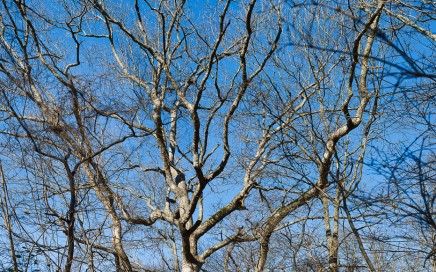
When you hike through the woods in Nashville, you don’t expect to encounter wolves. If you keep your eyes open, though, you may see some wolf trees.Foresters used the term ‘wolf tree’ to indicate a very large tree with a broad crown and a short main stem. These trees were considered wolves because they were […]
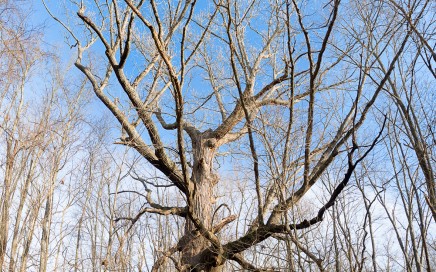
Everyone wants to know how old a particular tree might be. We will discuss this complicated and important subject in two stories. This month we will talk about unitary trees, and next month we will tackle the complex problem of aging clonal trees. A unitary tree is like a person – a single, integrated organism. Unitary […]

Venerable Trees, Inc., is focusing our efforts on a few high-priority geographic areas and four high-priority tasks:Woodford County with the greatest extent of original woodland pastures;Bourbon County with several areas where woodland pasture species are regenerating;Jessamine County with woodland pastures threatened by development;See more about each county on our Counties page. We hope to add projects in […]

Today, we are launching a new project “Great Trees of the Bluegrass” to locate and identify important trees in our region. We have a new Facebook Group: Great Trees of the Bluegrass for you to contribute your own observations, and we are also creating a new web-based identification and mapping tool for your use. The purpose of […]

You may recognize the bur oak in this page from previous photos. It is a magnificent, ancient bur oak in Kirklevington Park. I visit it often. Last week I was looking at the tree in the late afternoon and noticed a few leaf fragments on the ground. The next morning, I came back and saw that […]
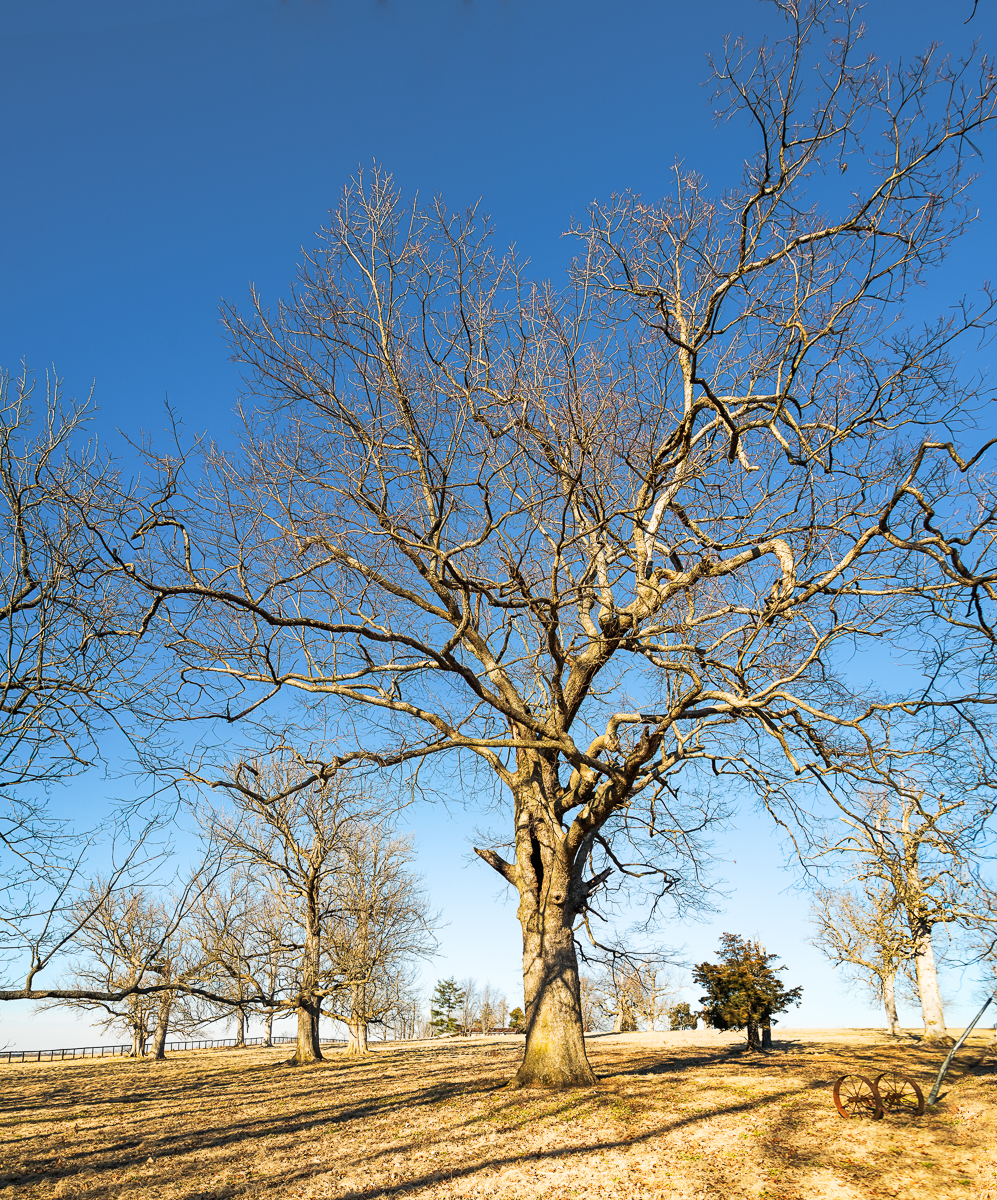
If you go to Lexington or Paris farmers’ markets, you may know Oakland Farm, “Home of the $10 Tree” Tim Diachun, our business manager, and I spent a wonderful afternoon at the farm with the owners, Doug Witt and Laura Greenfield. Oakland Farm is not named for the trees they grow in their nursery, but […]
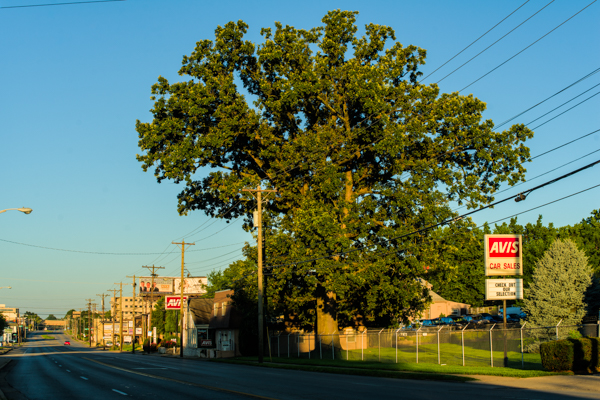
Finding left-behind trees can be the start of an urban adventure. As our woodland pastures were developed into urban areas, most of the trees of woodland pastures were cut down. A few remained, usually as single trees in a parking lot or front yard. Here’s where the adventure comes in: when we find a single […]

The Veteran Oak in Lexington is one of the most iconic trees in the city. A magnificent bur oak, it lies along a popular walking path on the south side of town. The Veteran Oak is a left-behind, the only ancient tree in a young riparian (stream-side) forest. Most of the ancient left-behind trees are on […]
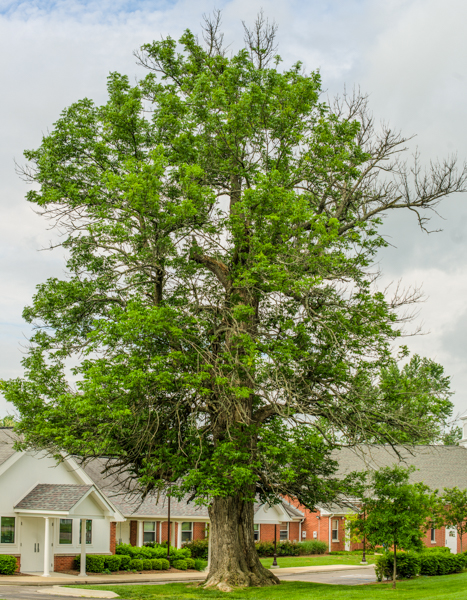
A left-behind tree is our term for woodland pasture trees that are left behind as lone individuals when farmland is urbanized. You can help us find them. Woodland pastures are part of the original presettlement vegetation of the Bluegrass. As some areas, especially in Fayette County, were urbanized, most of the trees of the woodland pastures were […]

Dead trees are fascinating because they provide us with a permanent record of their lives. The annual rings that record the tree’s experience with drought, nutrients and temperature are familiar to most of us. Somewhat less familiar, but easy to see, is the record of all the insults, accidents and stresses of life as a giant, […]

Update: In response to some questions, we have added a description of differences between Northern red oak, Shumard oak and riparian oak at the end of this article. Near Ashland in Lexington, we found a beautiful, large riparian oak. Riparian oak is a hybrid between Northern Red Oak, Quercus rubra, and Shumard oak, Quercus shumardii. Its […]
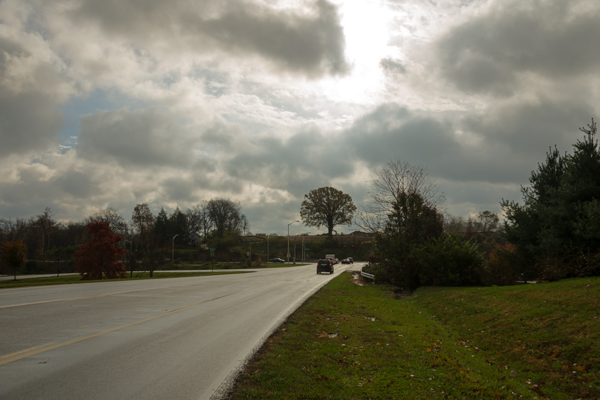
Tom Eblen has a fine article in today’s Lexington Herald-Leader about the Old Schoolhouse Oak and the commitment of Ball Homes to preserve the tree in a new housing development. By my count, this is the 14th Herald Leader article about this splendid tree You can read the article at the Herald Leader or on […]

Bur oak in the Bluegrass reproduces only rarely. Although it is a prolific seed producer, there is very little suitable habitat for young bur oak trees. While inspecting our preservation work on the Old Schoolhouse Oak with Tom Eblen of the Herald-Leader, we noticed several vigorous young bur oak seedlings. These trees are just outside […]
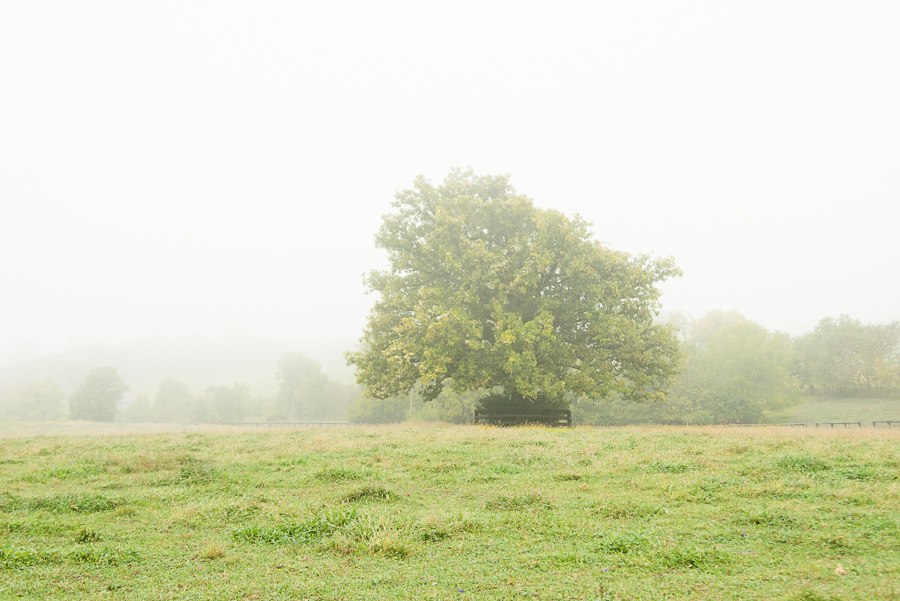
The Inner Bluegrass has long claimed the title of Horse Capital of the World. Early farmers found that our water and soil produced the ideal conditions for raising horses. Today, there are over 400 horse farms in the area. Many of the most distinguished farms have been in the same families for generations. For these […]
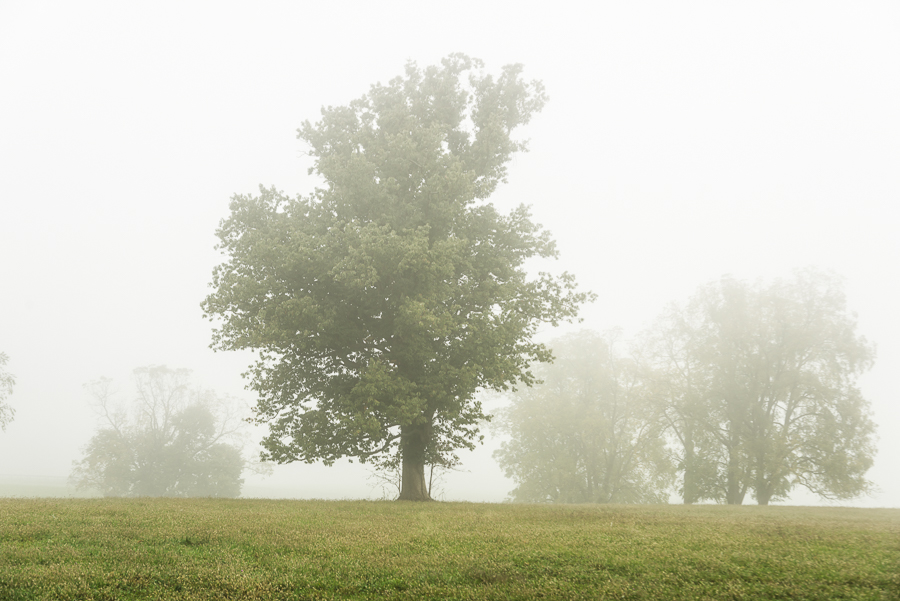
Runnymede Farm in Bourbon County is the oldest continuously-operated thoroughbred farm in Kentucky. Founded in 1867 by Colonel Ezekiel Clay, it is today operated by his grandson, Catesby W. Clay, and great-grandson Brutus J. Clay III. As you might expect for such a long-running family farm, the Clay family has taken great care of their […]
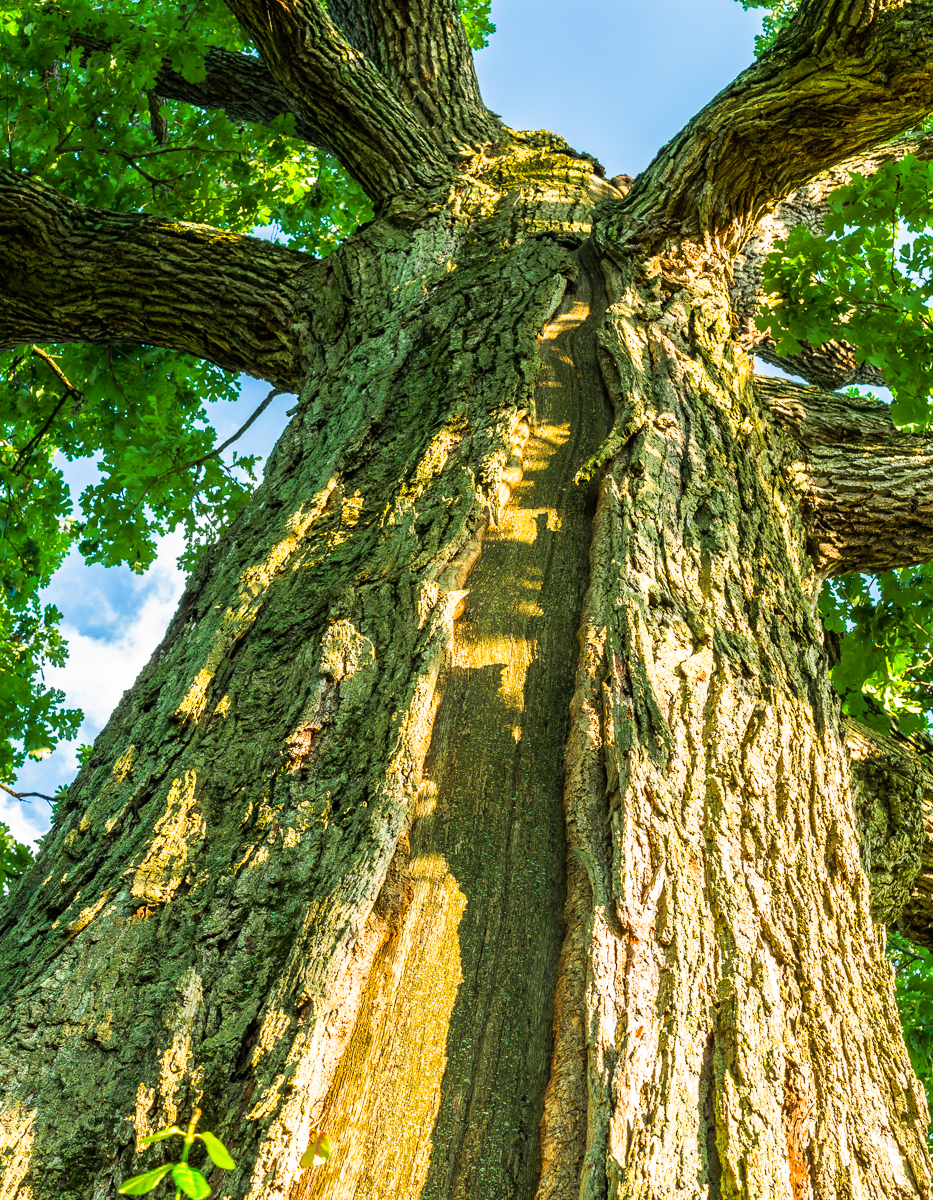
Lightning and Trees seem to go together. Many fires in the Western US are started by lightning strikes on trees. Here in the Bluegrass and Nashville Basin, we find fire scars on a very large number of trees. Lightning rarely kills our trees, but it is an important factor in their lives. Lightning-struck trees lose […]